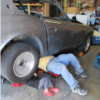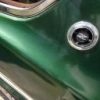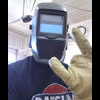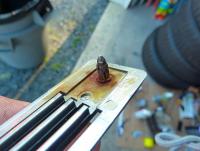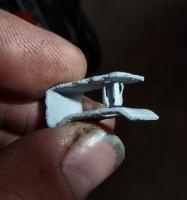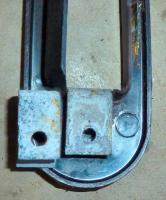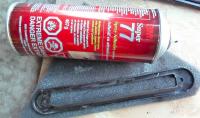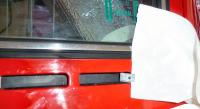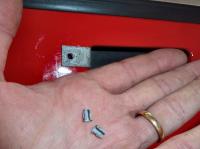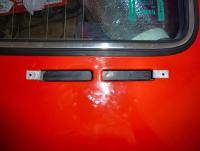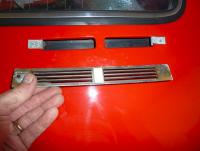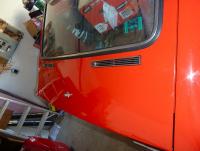Going back to Jason Gray's excellent distributor article, many people skip over the part on Vacuum advance. Don't do that. Read it carefully and then read it again. http://newprotest.org/projects/510/jasonGrayDistributor.pl Here is a very important part pertaining to the Datsun Electronic Distributors, as others have mentioned: So what does that tell us? Well lets say you want a total mechanical advance of 32 degrees ( Depends on fuel quality and other factors ) at 3,500 to 4,000 rpm. Full mechanical advance is usually all in by 3,500 rpm. Some people prefer it coming in faster, some later. It all depends on the engine, fuel quality and drive-train setup. You should check the distributor plate and calculate the numbers. IE: a 10 stamp on the dizzy plate = 20 crank degrees. Add 12 degrees initial timing and you're bang on at 32 degrees total. Now lets look at the D6K82-01. This has an 8.5 dizzy plate = 17 degrees crank advance. A fairly common number. Add 15 degrees initial timing and you have you 32 degrees total mechanical advance. Always double check the figures with a Dial-back timing light. Notice that we have not discussed vacuum advance at all. That's because when setting total mechanical advance, you musty always have the vacuum hose disconnected from the distributor ( and open end plugged of course ). So lets address that. You have your D6K82-01 dizzy dialed in to 32 degrees total advance so lets see what your total mechanical and vacuum advance will be under cruise ( light load with maximum vacuum ) . Lets see... the D6K 82-01 is a low compression emissions engine, so Nissan equipped it with a 30 degree vacuum can and low static timing ( 6 degree BTDC ). Then you came along and bumped the initial timing from 6 degrees to 15 degrees because = HP!! . Your mechanical advance curve is now good for maximizing fuel efficiency and HP, but lets see what happens when we add in the Vacuum advance. 15 initial + 17 mechanical + 30 vacuum = 62 degrees!!! Houston we have a problem!! What vacuum canister am I going to use? Simple...the original one the dizzy came with. No need to buy a different canister, just reset the limit stop on the present one. Edit: Remember that you want the total mechanical and vacuum advance at cruise RPM to equal approx 50 degrees BTDC . You can adjust that down a bit if you get pinging under light throttle application at cruise. Remove the Epoxy blob with a thin flat plate screwdriver. Just chip it away. After 35+ years I've found that the epoxy has usually gone all brittle and flaky. Re-seal with an RTV blob. Then adjust the inner limiting screw to limit the maximum travel to achieve 18 degrees vacuum advance. 15 initial + 17 mechanical + 18 Vacuum = 50 . There should be enough adjustment to handle all situations. I make a rough estimate and then do a final check with my Dial-back timing light and a Mighty-Vac. Jason Gray's article even tells you how much each mm of adjustment affects timing advance. You can also adjust how quickly the vacuum advance comes in by adjusting the outer threaded sleeve. This can come in very handy on motors with big cams. I'll post some info o that later. These vacuum canister adjustments can be made on any Datsun EFI dizzy. If it has a putty/epoxy blob on the end of the vacuum can, that's a fully adjustable vacuum canister. Lucky us.







